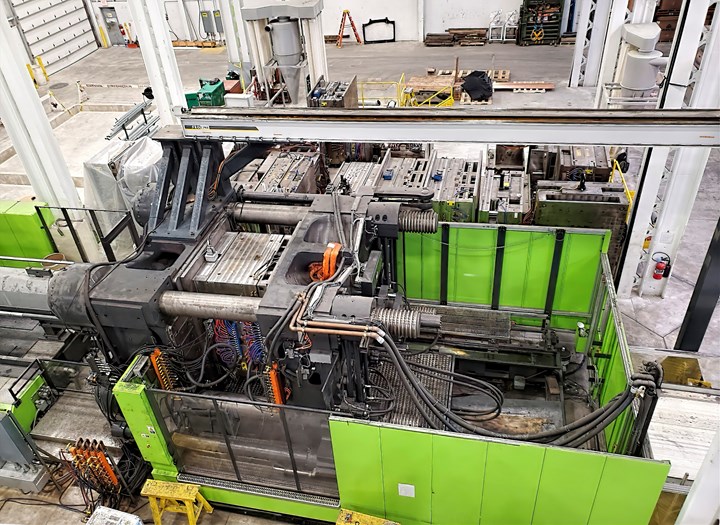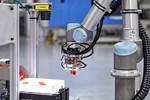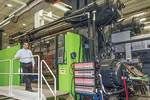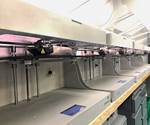More Milestones for EVCO Plastics
Custom injection molder is adding floorspace, machine capacity, and contract manufacturing capabilities at multiple plants in the U.S. and Mexico.

View of EVCO’s Oshkosh plant where space is being made (at top) for two more large Engel presses.
For custom injection molder , based in DeForest, Wis., 2019 was a year of milestones, and there are more on the horizon for 2020:
• In 2019, EVCO bought its 200th injection machine at the K 2019 show in October for its Mexican plant.
• Last fall, EVCO broke ground on a 31,000 ft2 addition to its Oshkosh, Wis., plant, making room for new 2500- and 3500-ton Engel presses. The new space will open in this first quarter.
• In late fall, EVCO brought on line a brand-new UV-cured paint line in DeForest, a $600,000 investment for applications in power sports, electrical housings and industrial parts. This expands the firm’s capabilities as a contract manufacturer.
• This year, the company hopes to hit $200 million in sales from its nine plants in three countries.
EVCO increased its machine capacity by 10% last year and expects to do the same this year. In addition to the two large Engel machines for Oshkosh, EVCO purchased nine JSW presses of 200 to 250 tons for its Calhoun, Ga., packaging facility, along with one 500-ton Husky machine and 10 robots (mostly Sepro) for that plant.
Ongoing projects at EVCO include growth of its 3D printer “farm,” which now encompasses around a dozen printers making fixtures for metrology, prototype molds, and robot grippers. Also the company is working toward a semi-“lights-out” operation—more like “grayed out,” as company officials put it—that will have only a couple of persons on the shop floor.
Related Content
-
Is There a More Accurate Means to Calculate Tonnage?
Molders have long used the projected area of the parts and runner to guesstimate how much tonnage is required to mold a part without flash, but there’s a more precise methodology.
-
How to Design Three-Plate Molds, Part 1
There are many things to consider, and paying attention to the details can help avoid machine downtime and higher maintenance costs, and keep the customer happy.
-
Back to Basics on Mold Venting (Part 1)
Here’s what you need to know to improve the quality of your parts and to protect your molds.







